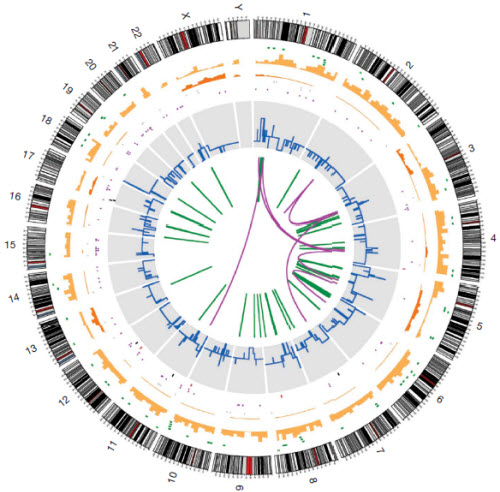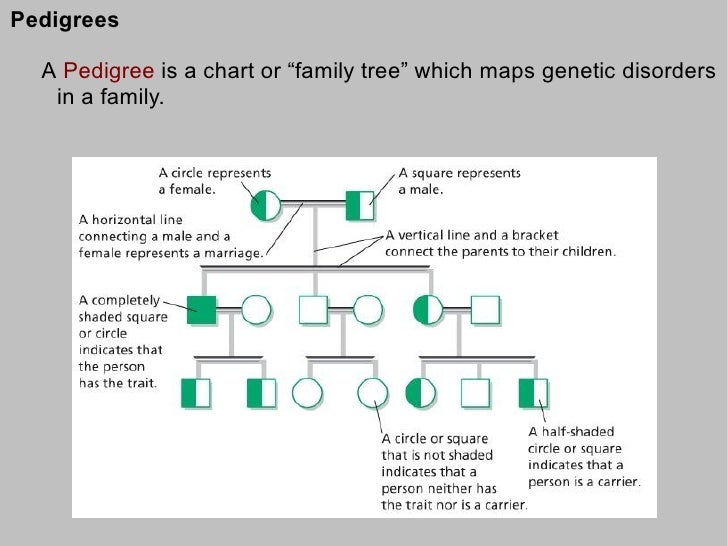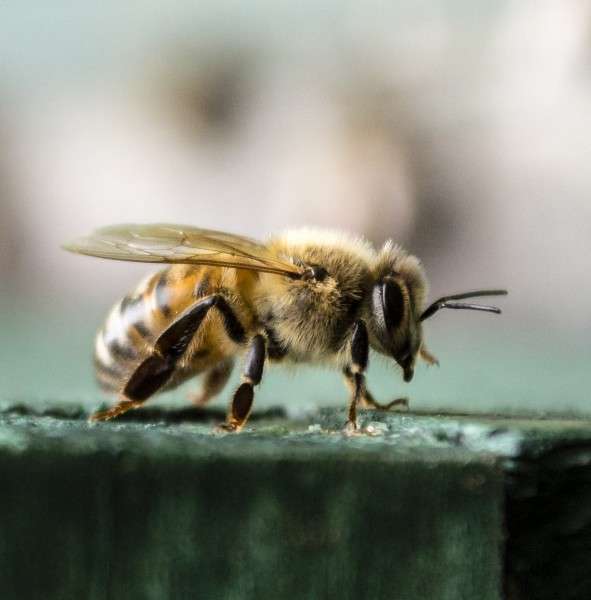

The map above shows the genetic makeup of European countries based on Haplogroups. These groups each share a common ancestor.


Describes the options for the genetic algorithm. Plot Options. Plot options let you plot data from the genetic algorithm while it is running.


“The primary purpose of the corporation will be to maintain and improve the genetic lines of Russian honey bees through propagation and selective breeding.”
Ashkenazi Jews, also known as Ashkenazic Jews or simply Ashkenazim (Hebrew: אַשְׁכְּנַזִּים , Ashkenazi Hebrew pronunciation: [ˌaʃkəˈnazim], singular: [ˌaʃkəˈnazi], Modern Hebrew: [aʃkenaˈzim, aʃkenaˈzi]; also יְהוּדֵי אַשְׁכְּנַז Y’hudey Ashkenaz), are a Jewish diaspora population who

Congratulations to Victor Eremin. Our warm congratulations to Director of Krymsk experiment breeding station of VIR Dr Victor Eremin on the conferment of the honorary title of the Professor of the Russian Academy of Sciences!
Hybrids vs. Pure (certified) Russians: As with any strain of honey bee, Russians will interbreed with other strains of honey bees, which results in hybrids that have the characteristics of both strains.
The idea of a Russian Bee Breeders Association was conceived in the late 1990s. Members of the USDA Agricultural Research Service Baton Rouge bee lab and industry cooperators foresaw the value and need for such a group.


Find Russian Blue breeders, Russian Blue cat breeders, Russian Blue cats, Russian Blue kittens, Russian Blue kittens for sale
Brief overview of Sicilian genetics. Home Page Site Search Sights & Activities Localities • Places Good Travel Faqs

Recent Comments